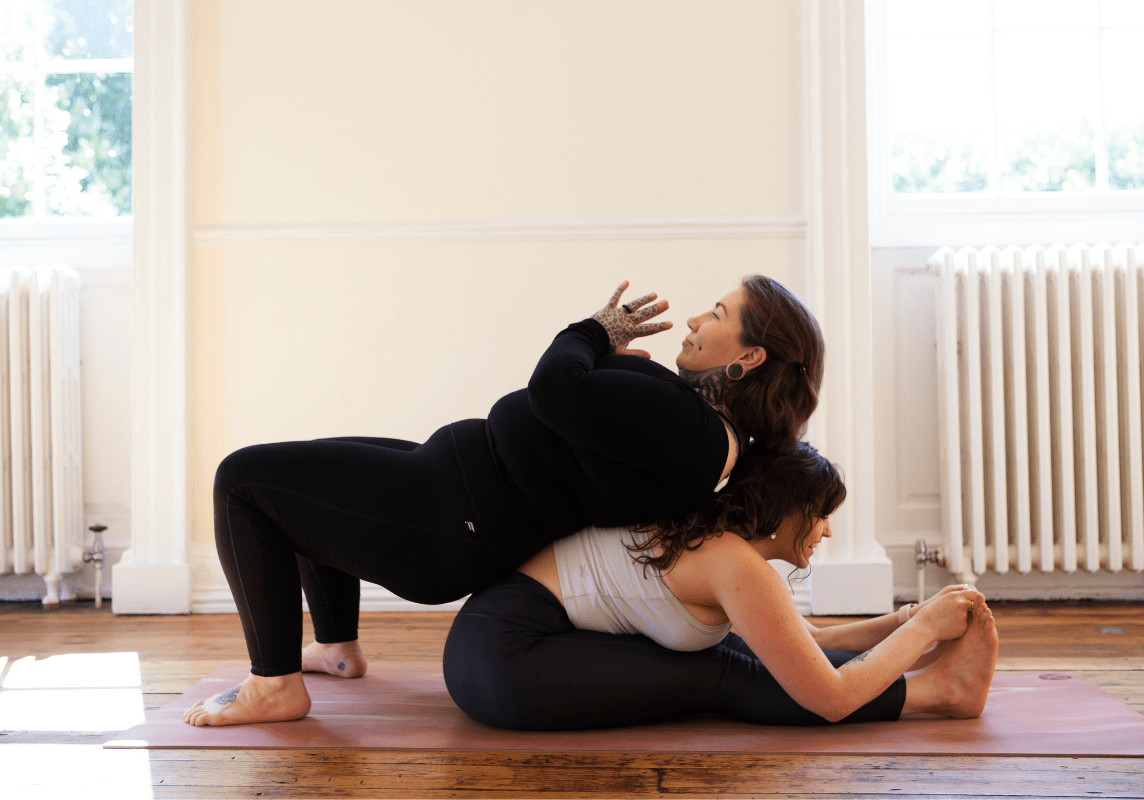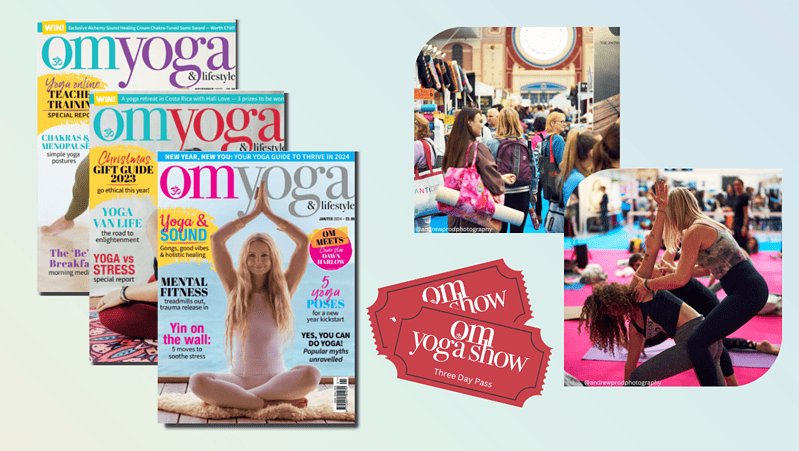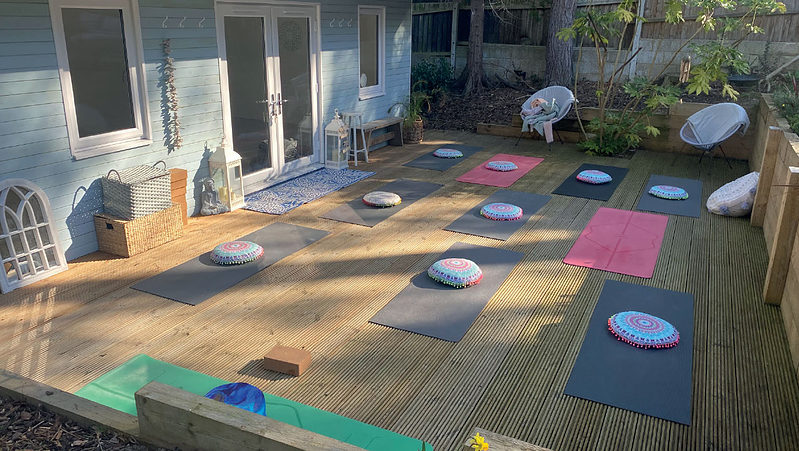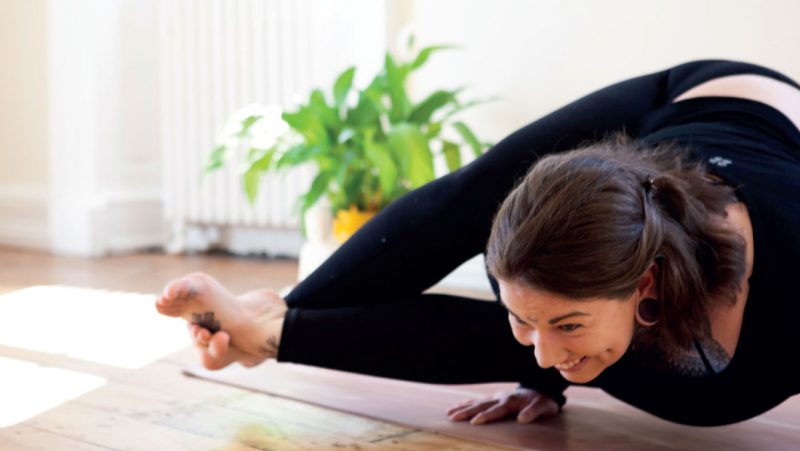
10 tips for hands-on adjustments
From asking for consent to choosing the right type, Zoe Porter shares her tips for hands-on adjustments
Hands-on adjustments can be utilised in a variety of ways; to assist and correct alignment, to assist in moving you more deeply into a posture, or simply to provide support. They are both loved and hated, and in recent years have come under increased scrutiny and debate. Here are 10 of my top tips for how to utilise hands-on adjustments safely and appropriately!
Ask for consent
In the past I would have given adjustments to every student without hesitation, their very presence in an Ashtanga class signalling agreement and desire to be adjusted in my view at the time. I had a brief mention in my disclaimers about it being the students' responsibility to let me know if they did not wish to be adjusted, yet now I feel even this came from an assumption that everyone is capable and comfortable to advocate for themselves, and disregarded the unequal power dynamic in a teacher and student relationship. With the revelations in recent years about inappropriate adjustments, what can only be called abuse, as well the COVID-19 pandemic meaning students have different levels of comfort with being touch, my views on consent and the importance of it evolved. I now use consent tokens, at the top of each student's mat so that they can quietly voice their own desires, and even change their mind mid-practice, without me needing to remember the preference of each student. I place them down on the opt-out side so they have to actively opt-in to receive adjustments. Almost everyone does opt-in, but this provides much-needed clarity and student feedback has been very positive.
Be trained - in person!
With the rise of online training courses, both foundation and CPD, it is important to remember that a practical skill such as hands-on assists cannot be learned by theory alone, and in-person training is irreplaceable. Training in person will give you the opportunity to observe different bodies in the same yoga asana and gain a deeper understanding of why, when, and how you might choose to adjust, and then the practical experience of practicing the adjustments on different people.
Practice
Once you have learned some hands-on assists it is important to utilise them regularly. Becoming skilled in this art takes time, patience, and lots of practice. The more you use adjustments the better you will get at reading the adjustment and understanding how your student's body is responding. Learning Thai massage can also be beneficial in learning how far is appropriate to take someone, and read the resistance felt.
Choose the right type
An adjustment doesn't always need to be hands-on! You can adjust verbally, through the use of props, or physically. A physical adjustment could be a passive adjustment, where the adjuster does the work, or active and resistance adjustments where both teacher and student are working together.
Move in and out of the adjustment slowly and with breath
This will give you a greater level of control. Moving slowly will allow you the time to react to any resistance or tensing you feel from the student. Quick sudden movements will not feel good for your student and could be injurious.
Your adjustment should be purporseful, strong and executed with confidence
Each adjustment you give must have a clear intention and be executed strongly enough that this is clear to the student. If your adjustment is not strong enough and lacks purpose the student will sense this and feel uncomfortable.

Benefit the student not the ego
Whatever adjustment you choose must always be the one most appropriate for the student, in order to benefit them, and never just for the sake of adjusting or to show off. Doing arm balances on top of students as an 'adjustment' is a perfect example of what not to do!
Choose the right adjustment for the individual
In any one pose there can be a number of possible adjustments and the right one to use can depend on a number of factors including their size, your size, ability level, and what you wish to achieve, among others. You may even decide it is inappropriate to adjust the student in some cases; for example they have an injury, are pregnant, or are a beginner. I personally don't tend to adjust in these cases myself, except verbally and with props.
Be strong, stable and grounded
Your own posture and positioning is very important in giving good adjustments. You should be stable and standing close to the student so that you are able to support them effectively, and respond as required. Body weight rather than muscular effort should be utilised and this allows even the most petite of teachers to skillfully aid even the largest of students. Thai massage is again useful in honing the art of utilising body weight.
Utilise push and pull
Before you pull and one point, you must provide a stablising push at another, or vice versa. This prevents your student from being pushed off balance and allows you to effectively stretch and lengthen them in a pose.







